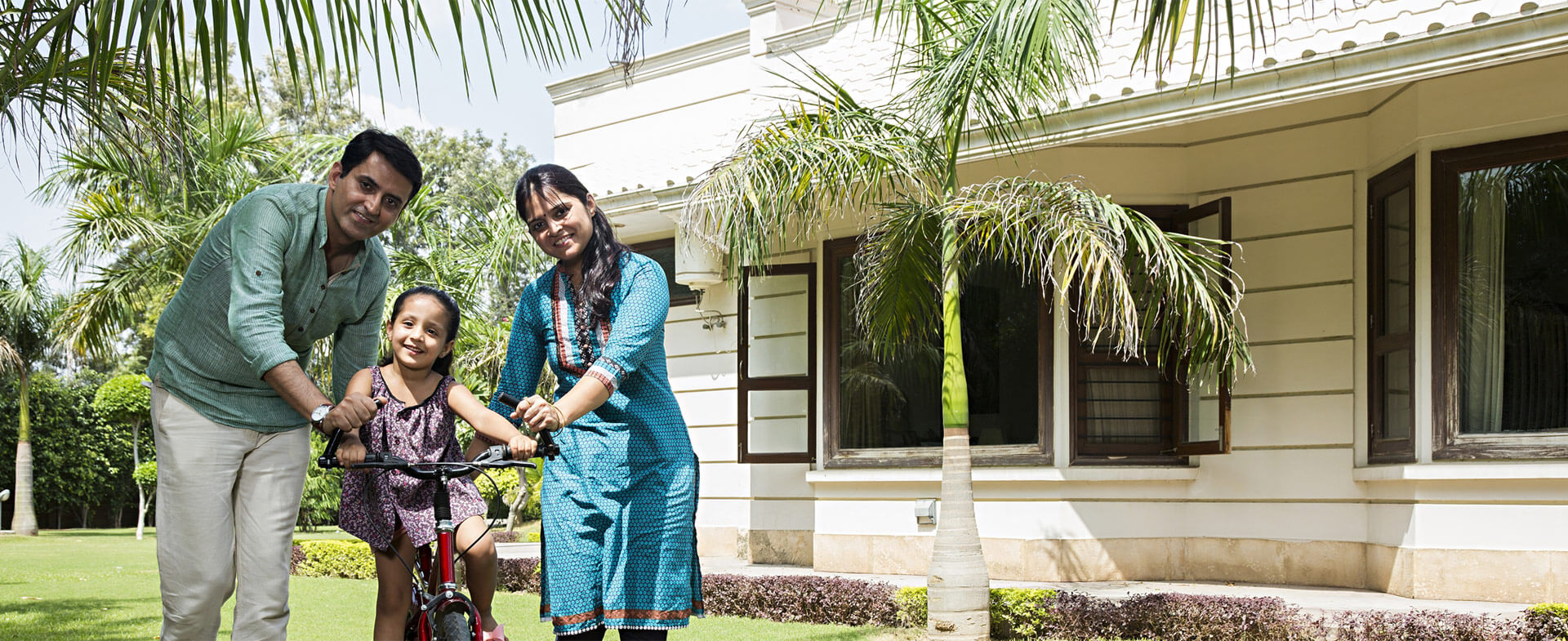
Your dream home should last for generations
use the best quality Cement.
How to care for houseplants
One of the best ways to accessorise any indoor space is to put a houseplant. It immediately adds life and calmness to any room. However, indoor plants are often considered too much of a hassle because of their high mortality and high maintenance. Well, it’s time to banish this incorrect belief. Not many people know that plants constantly communicate with us, even displaying signs of the problems they face. All it takes is some observation, timely remedial action and the houseplants could lead a healthy and long life. Listed below are some helpful tips to take care of your houseplant.
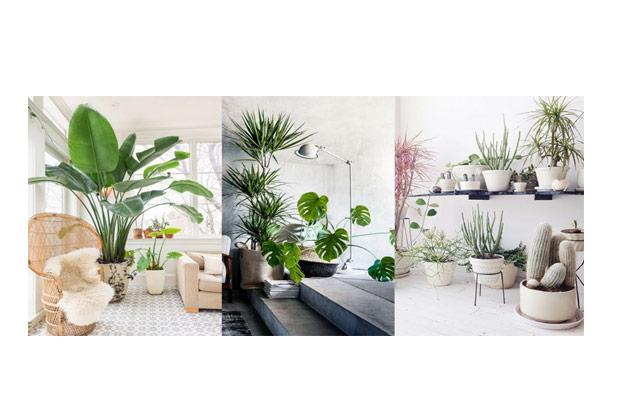
Maintenance:
The plant will need time to adjust to the light, humidity and temperature conditions in your home. Always remember this while choosing a houseplant. for your home.
Overwatering:
Surprisingly, overwatering kills more houseplants than any other cause. Always ensure that the pot has enough outlets to drain out excess water, along with pebbles and small stones
Under watering:
Determining the right amount of water is tricky. Some plants like succulents and cacti, require very little water. Other plants require a medium amount while others prefer waterlogged conditions. Make sure you understand how much water is required.
Light:
Different plants require varying amounts of light. While a few indoor plants need most plants need at least half a day of bright sunlight to survive. So it is better to place the plant where they receive light naturally for a couple of hours every day.
Humidity
Humidity loving plants don't like dry air and vice versa. So when plants that enjoy warmth are placed in a space with continuous air conditioning they will not thrive. Hence it’s important to place the plants according to their temperature and air needs.
Observation:
When purchasing an indoor plant, examine it for signs of early warnings. Avoid wilted plants, as the roots may be damaged already. The size of the leaves, color and shape can inform you about problems like stunted growth (irregular size), nutrient problems (abnormal color), pest problems (irregular shape) etc.
Stretching
When plants grow in a weird manner and reach out towards a light source, it’s a sign that the plants needs more light. Move the plant towards the light source and then rotate it so the plant gets enough light on all sides.
Solution:
Unusual growth patterns are a common sign of another deeper issue such as pests or disease. Some plants require an anti-fungal or an anti-bacterial solution to remedy the disease.
Browning/ Yellow leaves
Browning or yellowing leaves may mean over watering or even overexposure to sunlight.
Solution:
Check moisture levels and humidity by putting your finger into the pot mix. If the soil is too dry even after watering it (during regular times), then move the plant slightly away from direct light. Another remedy is to mist the plant if the soil is dry, don't water it again because that can lead us back to over watering. If your plant has not been given feed, adding fertilizer may help.
Wilting / deformed leaves
Wilting may be another problem that occurs due to improper f light, water and humidity. It can also be a result of pests or aphids.
Solution:
If you spot pests then treat with insecticidal soap. Otherwise re-pot the plant in better more nutritious soil and adjust water, humidity and light accordingly.
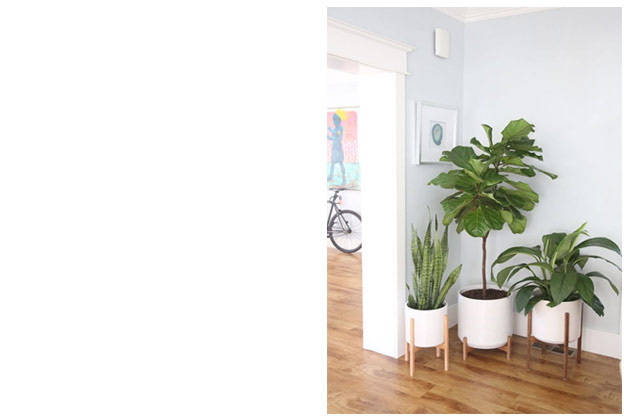
Spotted leaves
Spotting on leaves usually indicates bacterial, fungal or viral disease. Salvaging a plant may be difficult at this point.
Solution:
This maybe a last ditch attempt, but remove badly diseased foliage. The rest may be improved by better air circulation and ample space for growth. Always water such plants at the base of the plant.
Drooping leaves
Drooping leaves are probably the most common issue with house plants. This may indicate over watering or under watering. Some plants may tolerate drooping leaves but the vast majority of them will just wilt and die if left unattended.
Solution:
Check moisture levels as mentioned above. Never leave pot saucers filled with water this will have a drowning effect on the plants. At the end, you need to realise houseplants need monitoring and proper care for in relation to water, feed and temperature. Once you have achieved a balance with the plant then you can look forward to putting other plants in the house. Persistence is key to an enduring indoor plant environment at home.
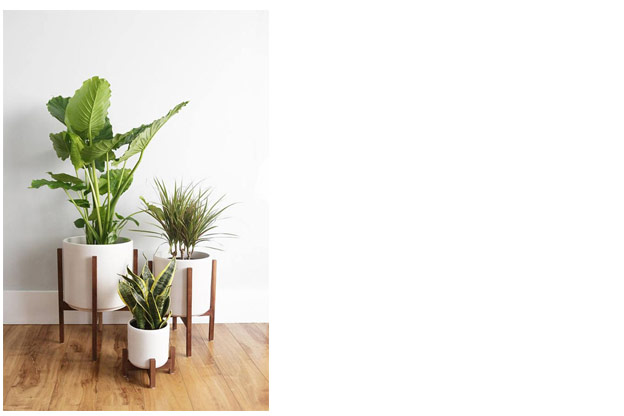
Solution:
Check moisture levels as mentioned above. Never leave pot saucers filled with water this will have a drowning effect on the plants. At the end, you need to realise houseplants need monitoring and proper care for in relation to water, feed and temperature. Once you have achieved a balance with the plant then you can look forward to putting other plants in the house. Persistence is key to an enduring indoor plant environment at home.
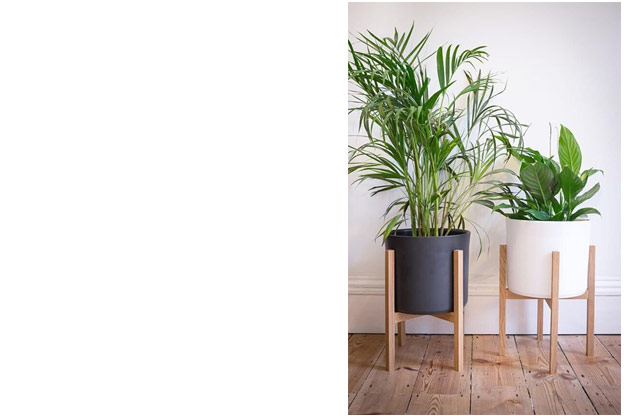
Image Sources
Image source: https://i.ytimg.com/vi/XK_Pdmxqs1U/maxresdefault.jpg
Image source: https://i.pinimg.com/564x/a7/9a/19/a79a19e0f6b06162f50dea5bbc804e20.jpg
Image source: https://i.pinimg.com/564x/3d/c3/61/3dc361b52f87db99c9706354c3d430b0.jpg
Image source: https://i.pinimg.com/564x/8e/27/7c/8e277cd42ce421275f7c93b2482ef8fc.jpg
Ar. Mrudula Reddy
Master of Landscape Architecture Back
Back